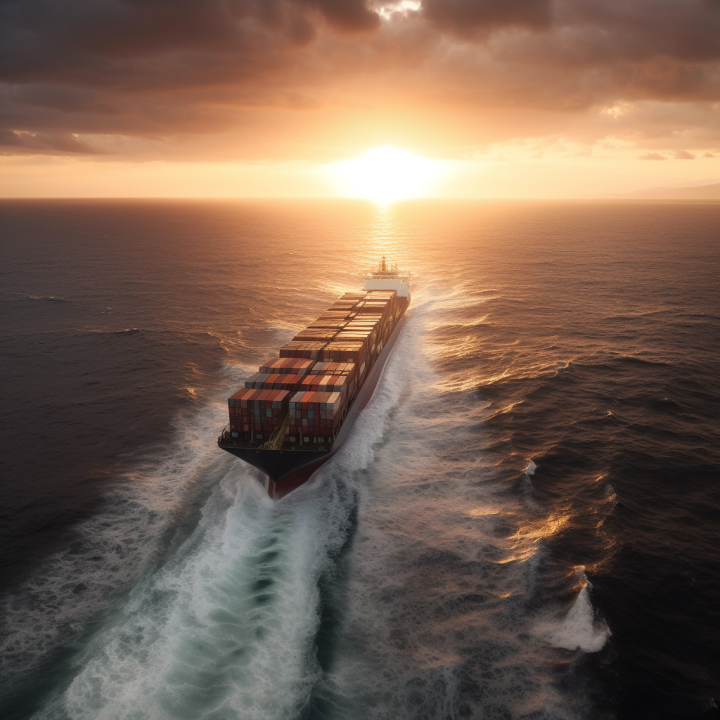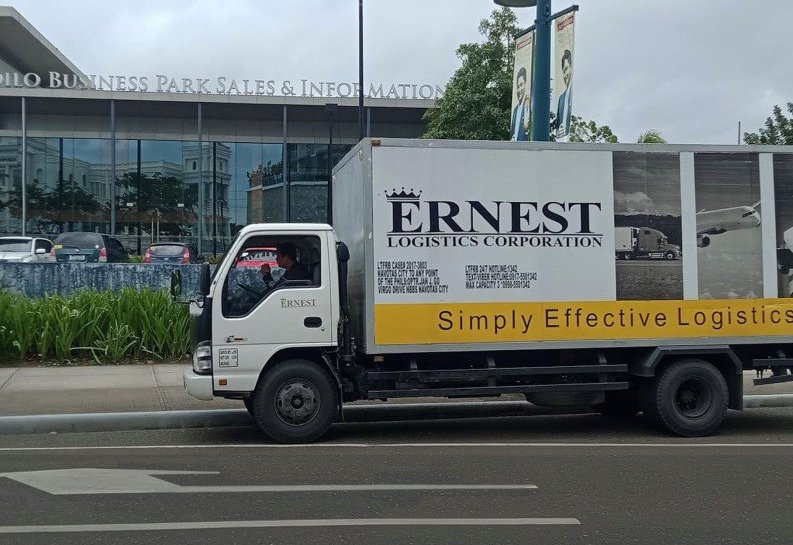
The Advantages of Sea Freight in the Philippines
The Philippines is an archipelago composed of 7,600+ islands with more than a hundred seaports across the country. Sea freight proves to be the best mode to transport cargoes domestically and these are the reasons why:
Cost-effective
Freight cost comparison between land, air and sea freight would turn in favor of sea freight. But how is this possible if sea freight takes longer in transit than the rest of the options?
The bulk of cargo a single journey of a ship can handle is the main factor to make the sea freight cost lower. Air freight carriers charge based on the chargeable weight or the volumetric weight of a cargo. Sea freight charges mainly based on the ship of the shipment. Although, the gross weight of the cargo can also play a part especially on less container load (LCL) and project cargo.
These factors make sea freight more economical with 2 to 6 times less cost than air or land freight. Sea freight in the Philippines is more cost-effective even for small business owners with minimal consideration on the transit time.
Flexibility of cargo
Sea freight also poses the least issues in transporting any cargo. In terms of size, sea freight can cater even to the heavy, bulky and irregular-sized cargoes. In terms of type, sea freight is not selective of the items to carry. Air freight in the Philippines and other parts of the world has a long list of prohibited items on board an aircraft. The list includes, but are not limited to the following:
- Explosives such as firearms, ammunition, firecrackers, fireworks, etc.
- All types of gases such as dry ice, aerosols, fire extinguishers, gas cylinder, etc.
- Any flammable material such as alcohol, paint, gasoline, pressurized cans, magnesium powder, activated carbon, etc.
- Any toxic and infectious items
- Batteries
- Magnets and magnetic substances
- Human or animal corpses
- Chemicals
- Any item with danger signs indicated in the packaging
Cargo weight is also not an issue for sea freight because of non-containerized options like out of gauge (irregular shaped) and heavy lift (items that can’t be disassembled to fit a container).
Efficiency even during weather disturbances
Around 20 typhoons hit the Philippines yearly. Flight cancellations happen during these occurrences affecting millions of air freight shipments across the country. Likewise, the movement of cargo by land is also affected during typhoons due to blocked highways and unsafe road conditions.
Most container vessels are designed to ride out rough seas. Sea freight forwarders in the Philippines can easily manage routes before leaving the port and even while in transit during weather disturbances. Delays are only unavoidable during port closures, which are rare.
Eco-friendly
In a literature published by the International Transport Forum on “The Carbon Footprint of Global Trade”, land freight or trucking contributes 53% of the Carbon dioxide (CO2) emission in the global trade. It is seen to increase to 56% by 2050. The increase in small and frequent cargo movement leads to the increase of carbon emission of air freight over the years as well.
Sea freight’s share of 37% is expected to decrease to 32% as the International Maritime Organisation (IMO) countries continuously try to improve the fuel efficiency of ships. This can be achieved through ship design and efficiency standards. The Philippines is a member of the International Maritime Organization.
Ease of processing
Choosing the right freight management company can assist you from planning up to ensuring that your cargoes reach the intended destination. Transparency in rates, availability of marine insurance and proven track record in sea freight management are the top things to look for in a sea freight forwarder in the Philippines.
Sea Freight Management in the Philippines
Ernest Logistics Corporation offers competitive sea freight rates without sacrificing the quality of the service we can offer. Our simple, effective and innovative sea freight solutions include:
- Full Container Load (FCL)
- Less Container Load (LCL)
- Loose Cargo (LC)
- Project Cargo and Rolling Cargo (RCL)
We can also incorporate a seamless and worry-free door to door, pier to door, door to pier and pier to pier transport services by combining sea freight and inland freight services in the Philippines:
- Containerized Full Truck Load
- Pick-Up (PUP) - Delivery (DEL) - Inter-site transfer (IST)
- Non-Containerized Full Truck Load
- Inter-site transfer (IST)
- Project Cargo Hauling
Easily get a quotation from us for any of our services, REGISTER HERE

Optimizing Trade: Developing Full Container Load Solutions for Sea Freight in the Philippines
Containerized shipping has a rich history in the Philippines, dating back to the late 1960s …

The Road to Efficient Logistics: Unlocking the Secrets of Choosing a Reliable Trucking Company in the Philippines
In the ever-changing landscape of today's business world, the importance of selecting a reliable trucking …